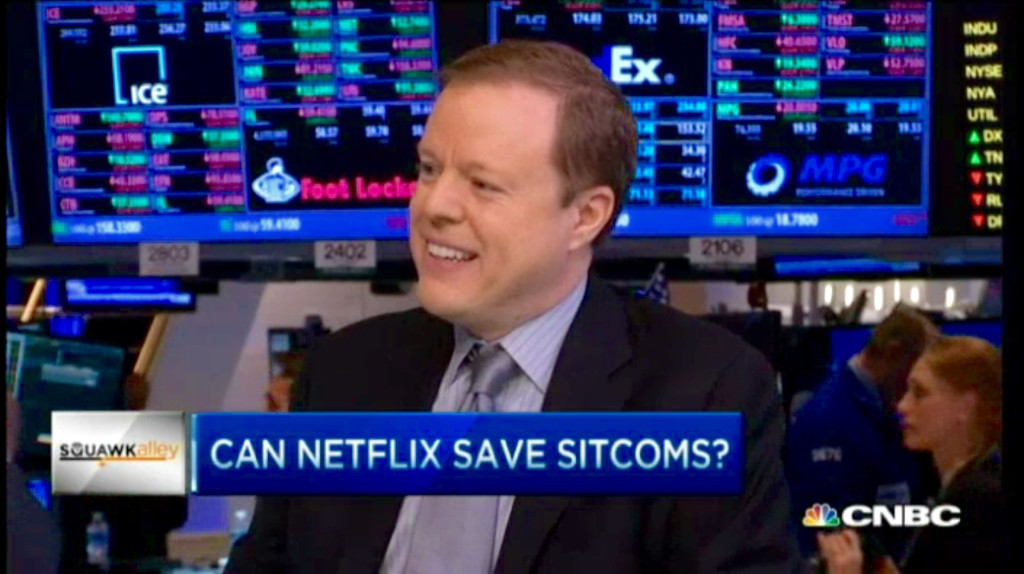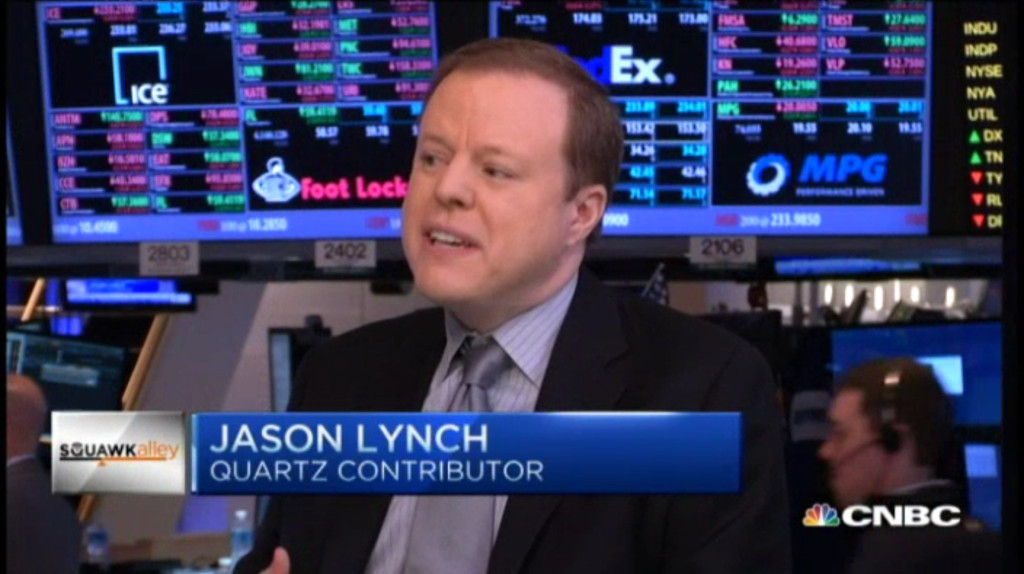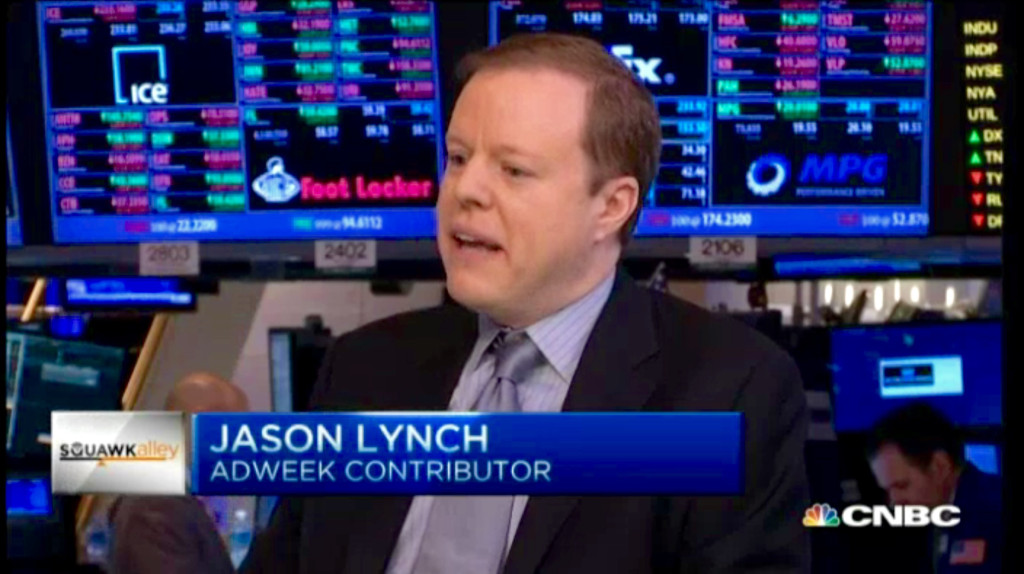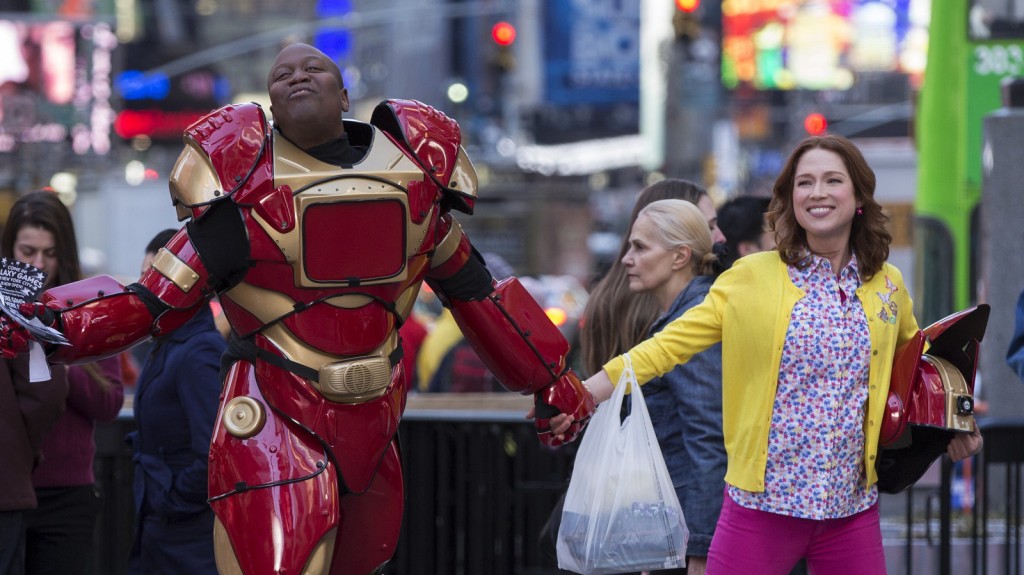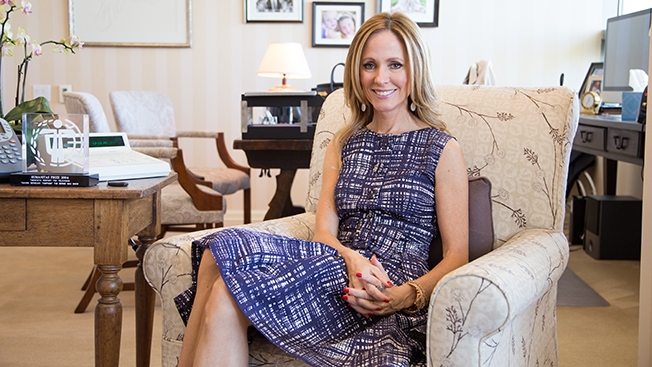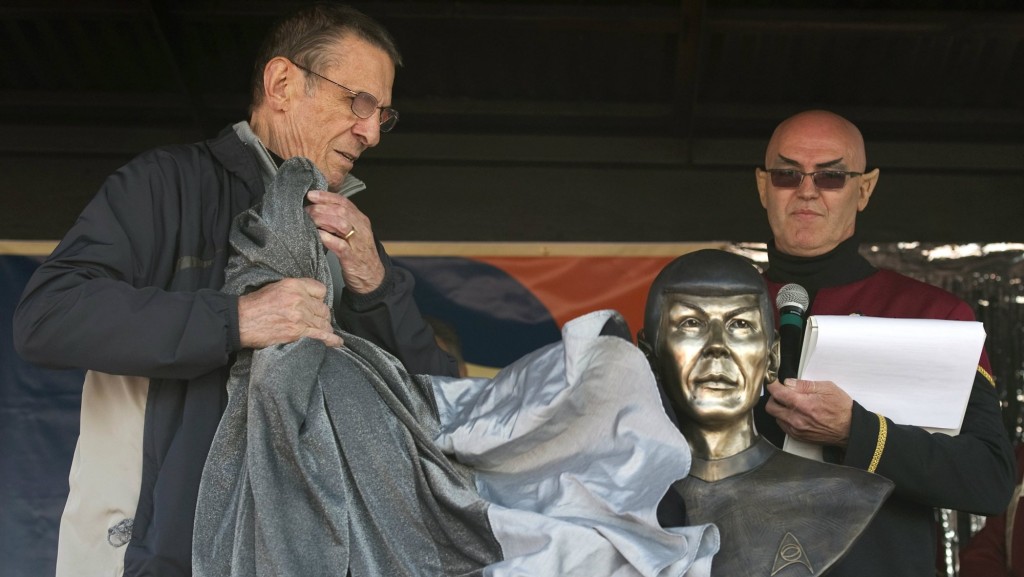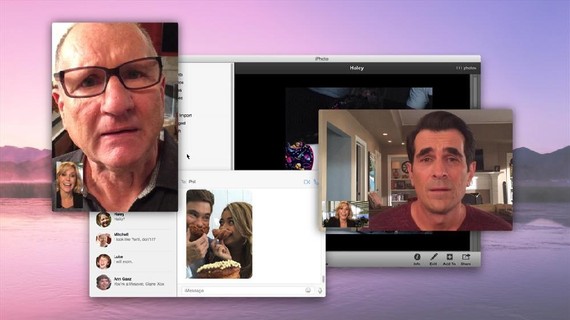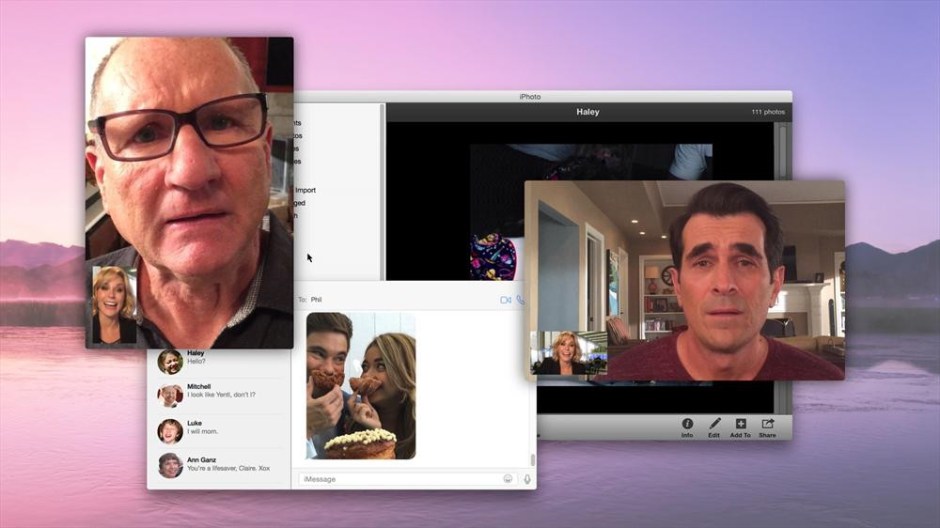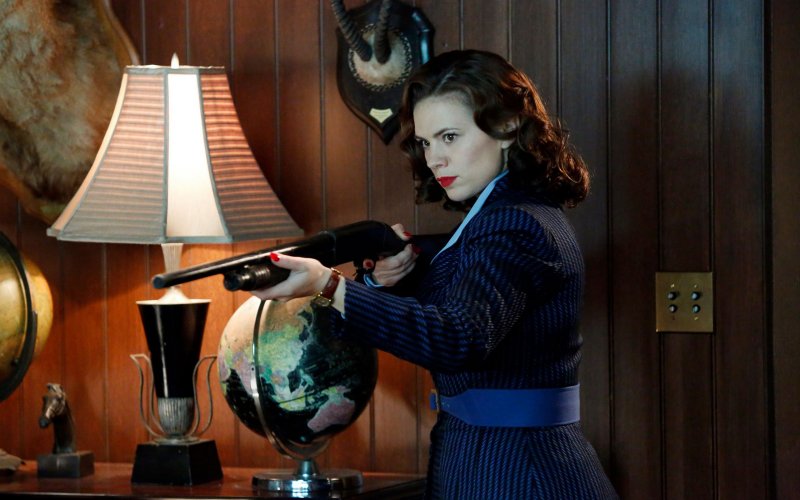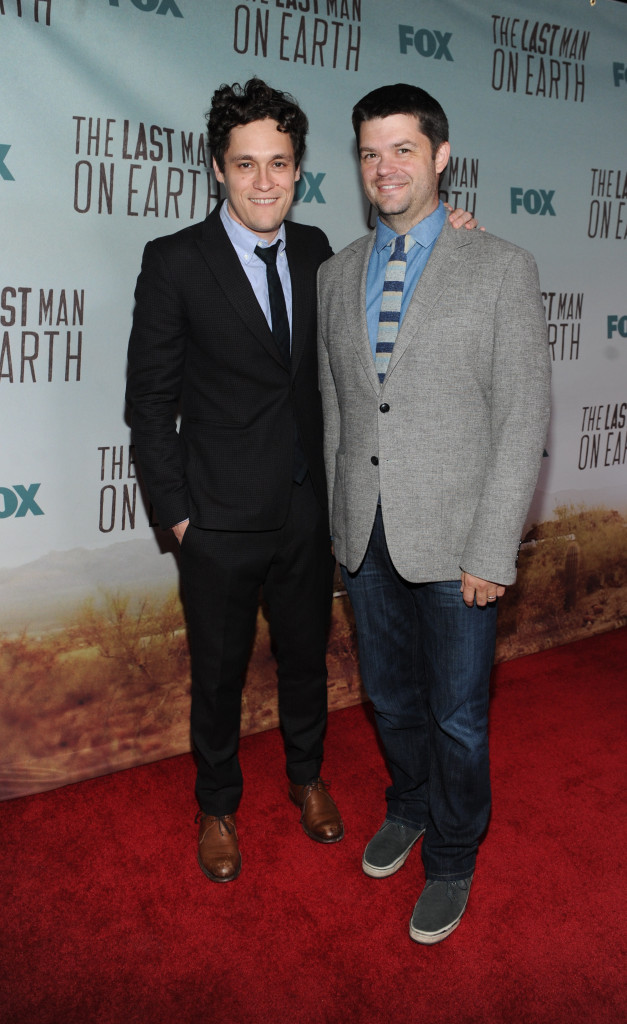
The Lego Movie was an unexpected smash last year, grossing $468.8 million worldwide and captivating parents and kids alike — everyone, it seems, except Oscar voters (grrr). A year later, the film’s writing-directing duo, Chris Miller and Phil Lord (who also wrote and directed 21 Jump Street and 22 Jump Street), are tripling down on their “Everything is Awesome” gamble, overseeing not one but three different Lego Movie sequels and spinoffs.
First up is Ninjago, a spinoff based on Lego’s popular Masters of Spinjitzu line of sets, which will be out Sept. 23, 2016. That will be followed on May 26, 2017 by a Lego Batman spinoff, with Will Arnett returning as Batman, directed by Chris McKay. Finally, 2018 will bring The Lego Movie Sequel, directed by Community and The Mindy Project director Rob Schrab, with Miller and Lord producing and writing the script.
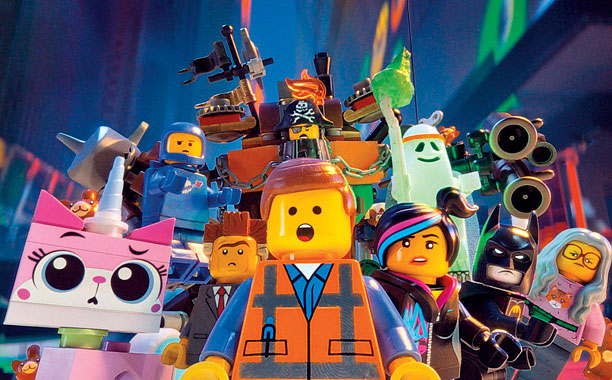
I spoke with Miller (above, right) — who along with Lord (left) is also executive producing the innovative, hilarious new Fox comedy, The Last Man on Earth, debuting March 1 — for my recent Adweek cover story on the not-so-funny state of broadcast comedy. (“To do something that’s going to get people’s attention,” he told me of Last Man on Earth, “my theory is you have to do something that feels unique and special and gets people talking: ‘Did you see this thing?’ We wanted to do something that didn’t feel like anything you’ve seen before, because otherwise, what’s the point?”) But he also talked to me at length about how he and Lord were able to successfully rebrand a pair of beloved franchises, and how they’ll (hopefully) do it all over again with the upcoming three Lego films:
Between Lego Movie and the Jump Street films, how were you able to take these brands that people have known and loved for years, and…
And make something new out of them? Well the first thing is to take it very seriously and to think about whatever you’re talking about and find the love and the joy in it. And to try and be smart about it, and not just do the most common denominator. When we were doing The Lego Movie, our big fear was it was going to feel like a giant toy commercial. And that was the last thing we wanted to do, ever. So I think by making it feel like it was just a piece of personal expression that was using the bricks as a medium to tell a story made it feel like oh, this is something that somebody made, not something that came from corporate, on high.
I feel like people can sniff that stuff out. When a corporation is trying to make a viral video, and everyone in it is drinking Dr. Pepper or something, you’re like, ‘Oh, you’re trying to sell me Dr. Pepper here, man!’ And people don’t like to feel like they’re being sold something. So we just don’t ever let a choice be made for that reason. Then in the end, it ends up being, you know, good!
After you pulled off 21 Jump Street, did that make tackling Lego Movie less daunting?
That was a crazy risk, obviously, turning that into a weird, self-aware comedy. That was mostly born out of our embarrassment about knowing that rebooting television shows is a morally bankrupt approach to making movies. But we loved the concept of guys getting a second chance to go back to high school and I enjoyed the original show, so it seemed like it was mostly us apologizing. Like, “We know this is a crazy idea for a TV show, but we know it and we’re trying to make it good. So just be on our side on this!” So one of our things is trying to get the audience on your side and going, “Hey, we’re all in this together, let’s have a good time.”
How do you replicate your Lego Movie success with the next three films?
Yeah, there’s three so far. The key is hiring different filmmakers for each one who can make the tone their own. They can’t all feel like the same exact thing. So, the Ninjago one has a very distinct tone of its own. It feels like a comedy Kurosawa movie or something. And the Batman one has got some of the most crazy action you’ve ever seen. Each one has its own voice and it feels true to the thing that we made, but it also feels like again it’s a filmmaker making something and using this as a medium to tell a fun story.
You talked before about being worried The Lego Movie would seem like a commercial. It would seem that’s even more of a concern now.
That’s the danger there, exactly!
Because now, Lego is probably saying to you, “Come up with this so we can sell even more Legos!”
Exactly. Part of doing Lego 2 was saying, we want to make everybody nervous again like they were the first time. We want to make the Lego group nervous, and we want to make Warner Bros. nervous. And if we’re not making them nervous, then we’re not pushing it far enough and we’re not doing our job.
